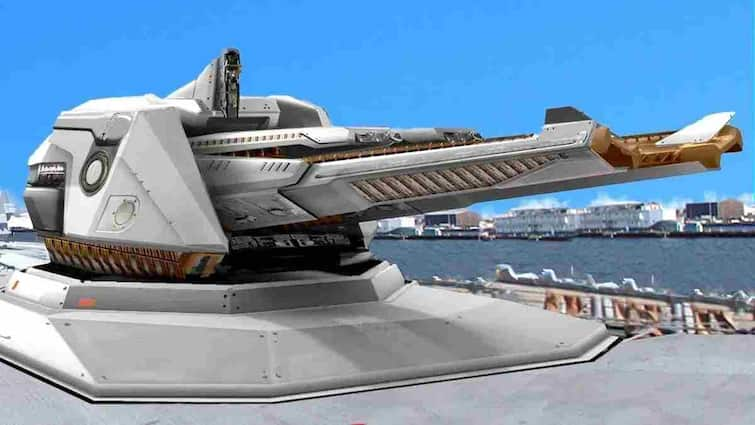Water weapon technology: Today the world is struggling with serious water crisis. Fresh water pollution, climate change, population growth and increasing demand have put both the quality and availability of water in danger. In the last 40 years, global consumption of water for agriculture, industry and population is increasing at a rate of about 1% every year. The effect of this pressure is clearly visible, 26% of the world’s population still does not have access to clean drinking water and 46% people are deprived of basic sanitation facilities. Where the struggle and wars continue, the situation is worse.
Water crisis in war effective areas
According to 2015 data, 38% of people in war-affected areas do not get safe water to drink and 61% people are bereft of basic facilities like toilets. It has the highest effect on children, UNICEF reports suggest that children under 15 years of age living in areas facing war, less than war but three times more deaths than diseases like diarrhea. At the same time, the mortality rate of children younger than five years is 20 times higher than diseases, compared to war directly.
Increasing crisis on water and its dangerous forms
The report “Water Conflict Chronology” released by Pacific Institute at the end of 2023 highlighted the increasing incidence of conflicts related to water. In this, water was presented as a struggle, a strategic weapon or a “hunting” itself. This concern is also increasing because control of water resources has now become the center of politics and war.
Old tradition of making water weapons
Although the strategy of using water as a weapon in war is not new, Britain attacked the Ruhr dams in Germany in 1942, killing 1,300 citizens but its incidents have increased in the last two decades. According to Pacific Institute, at least 28 cases of water being used as weapons have been reported since 2020, while 32 such cases were registered between 2000 and 2009.
There are many factors like intent, role and geography behind making water weapons. Expert Marwa Daoudy divided it into four classes political control, military strategy, military goals and the possibility of cooperation. This means that the misuse of water can be done not only during the war, but also by the state and non-state elements under normal circumstances.
Stress related to climate change is making this situation worse. Damage to water pipelines, dams and water distribution systems is now being made a normal strategy in conflicts, which results in communities and countries for a long time.
Ukraine
After the attack on Ukraine by Russia in 2022, several civilian water structures including the Nova Kakhovka Dam were targeted. Due to this one attack, about 3,600 people of more than 80 towns had to leave their homes, and 10 lakh people were deprived of drinking water. The dam was the main source of irrigation necessary for agriculture in South Ukraine.
Researchers Marcus King explain that Russia deliberately adopted a strategy to terrorize people by damaging water structures. In cities like Mariupol, stopping water supply was a deliberate military move. It was not just a physical attack but a deep strategy to hold people’s lives hostage. Experts like Erika Weinthal believe that water in Ukraine has been on target since 2014 when Russia captured Crimea and Eastern Ukraine even when the water system was caused serious damage.
Also read:
AI vs atomic bomb: China’s technology will change the world’s picture, big disclosure about weapon control system

